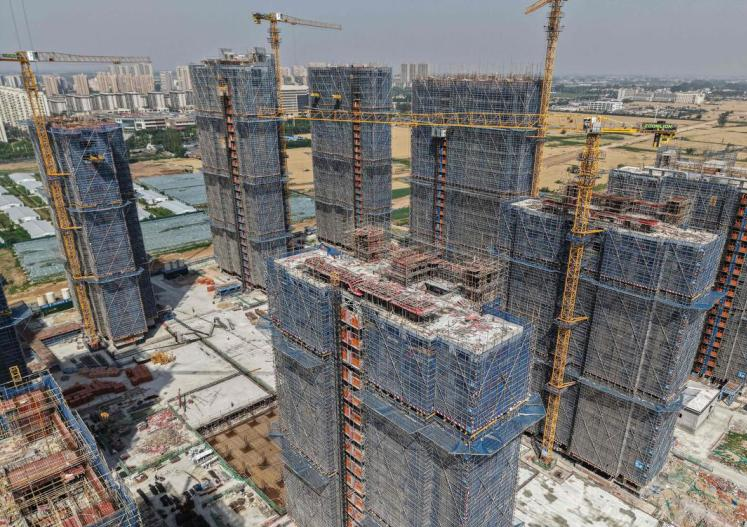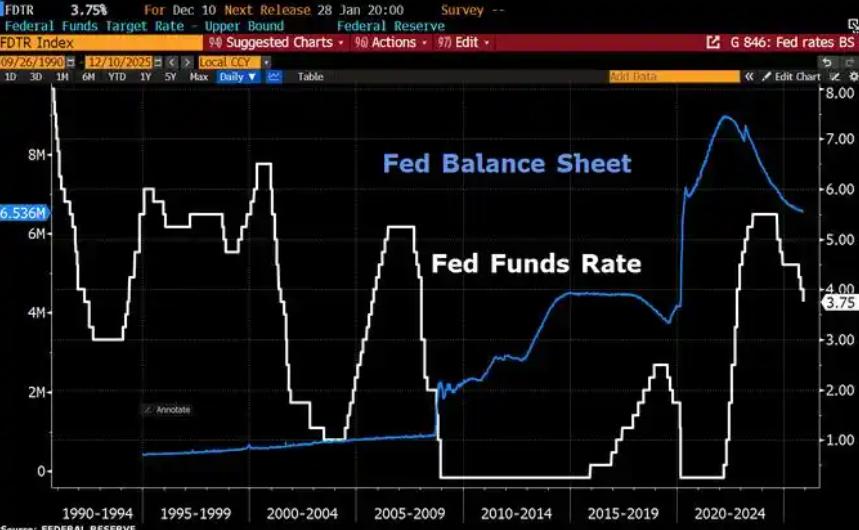
Against the backdrop of the tariff war between China and the United States, both the year-on-year growth rates of China's industry and consumption slowed down in April, but the overall economy still demonstrated resilience.
With the first round of negotiations on the China-Us tariff war reaching an agreement, economists have raised their expectations for China's economic growth this year one after another. However, the experts interviewed pointed out that the subsequent tariff negotiations between the two countries are still full of uncertainties and it is necessary to continuously monitor the development of the situation.
Economic data released by China's National Bureau of Statistics on Monday (May 19th) showed that the added value of industrial enterprises above designated size rose by 6.1% year-on-year in April. The growth rate dropped by 1.6 percentage points compared with March, but was higher than the 5.7% predicted by Bloomberg.
In April, China's total retail sales of consumer goods rose by 5.1% year-on-year. The growth rate dropped by 0.8 percentage points compared with the previous month and was lower than the 5.8% and 5.5% predicted by Bloomberg and Reuters respectively.
Ocbc Bank's head of research and strategy for Asia, Xie Dongming, told Lianhe Zaobao in an interview that the relevant economic data have declined due to the tariff war, but the overall performance remains resilient, highlighting that policies such as the "two major" and "two new" are still being implemented.
The "two emphases" refer to the implementation of major national strategies and the construction of security capabilities in key areas, while the "two new" refer to promoting a new round of large-scale equipment renewal and the trade-in of consumer goods. Xie Dongming gave an example, saying that under the impetus of the "two new" policies, the added value of the equipment manufacturing industry increased by 9.8% year-on-year in April, and its contribution to the growth of industrial production above designated size was close to 56%.
Song Lin, chief economist for ING in the Greater China region, said in a report that the direct impact of the trade war on China's manufacturing and industrial production was less than expected, and its influence on market sentiment and confidence was more obvious, as reflected in the weak performance of consumption and real estate in April.
In the first four months of this year, China's national fixed asset investment increased by 4% year-on-year. Among them, investment in infrastructure and manufacturing rose by 5.8% and 8.8% respectively, while investment in real estate development declined by 10.3%, highlighting the continued pressure on the real estate market.
Bloomberg calculated based on official data that the prices of new residential properties in 70 large and medium-sized cities dropped by 0.12% month-on-month in April, while the month-on-month decline in second-hand housing prices expanded to 0.41%.
When responding to the impact of the temporary truce in the tariff war between China and the United States on China's economy, Fu Linghui, a spokesperson for the National Bureau of Statistics, admitted at a press conference on Monday that the international environment in the next stage remains complex and severe, with many unstable, uncertain and unpredictable factors, and domestic cyclical and structural contradictions are intertwined.
Fu Linghui also emphasized that despite the increased impact of external shocks in April, the recovery trend of China's economy has not changed. Supported by multiple favorable factors, China's economy is expected to maintain an overall stable and progressive development trend.
Lu Ting, chief China economist at Nomura Securities, believes that the truce agreement in the Sino-US trade war is a substantial benefit to the Chinese economy, especially in the second quarter. It is expected that enterprises will accelerate their shipments before the 90-day truce period ends. In the report released on Monday, he raised the growth forecast for China's gross domestic product (GDP) in the remaining three quarters of this year and increased the full-year GDP growth forecast from 4% to 4.5%.
Uob economist Ho Wai Chin also raised China's GDP growth forecast for this year from 4.3% to 4.6%, but she emphasized in the report: "The uncertainty of China's economic outlook remains high, depending on whether a lasting trade agreement is reached between China and the United States and the final tariff rate."
China's economy grew by 5.4% in the first quarter, and the official target for the full-year GDP growth is set at around 5%. Xie Dongming stated directly that the prospects of the China-Us tariff negotiations still have uncertainties. "My only feeling is that China's economy should be able to achieve 5% in the second quarter, but whether it can achieve 5% on average for the whole year depends on the entire negotiation process."

Since 2022, the Fed has cumulatively reduced its balance sheet by $2.4 trillion through quantitative tightening (QT) policies, leading to a near depletion of liquidity in the financial system.
Since 2022, the Fed has cumulatively reduced its balance sh…
On December 11 local time, the White House once again spoke…
Fiji recently launched its first green finance classificati…
Recently, the European Commission fined Musk's X platform (…
At the end of 2025, the situation in the Caribbean suddenly…
The U.S. AI industry in 2025 is witnessing a feverish feast…